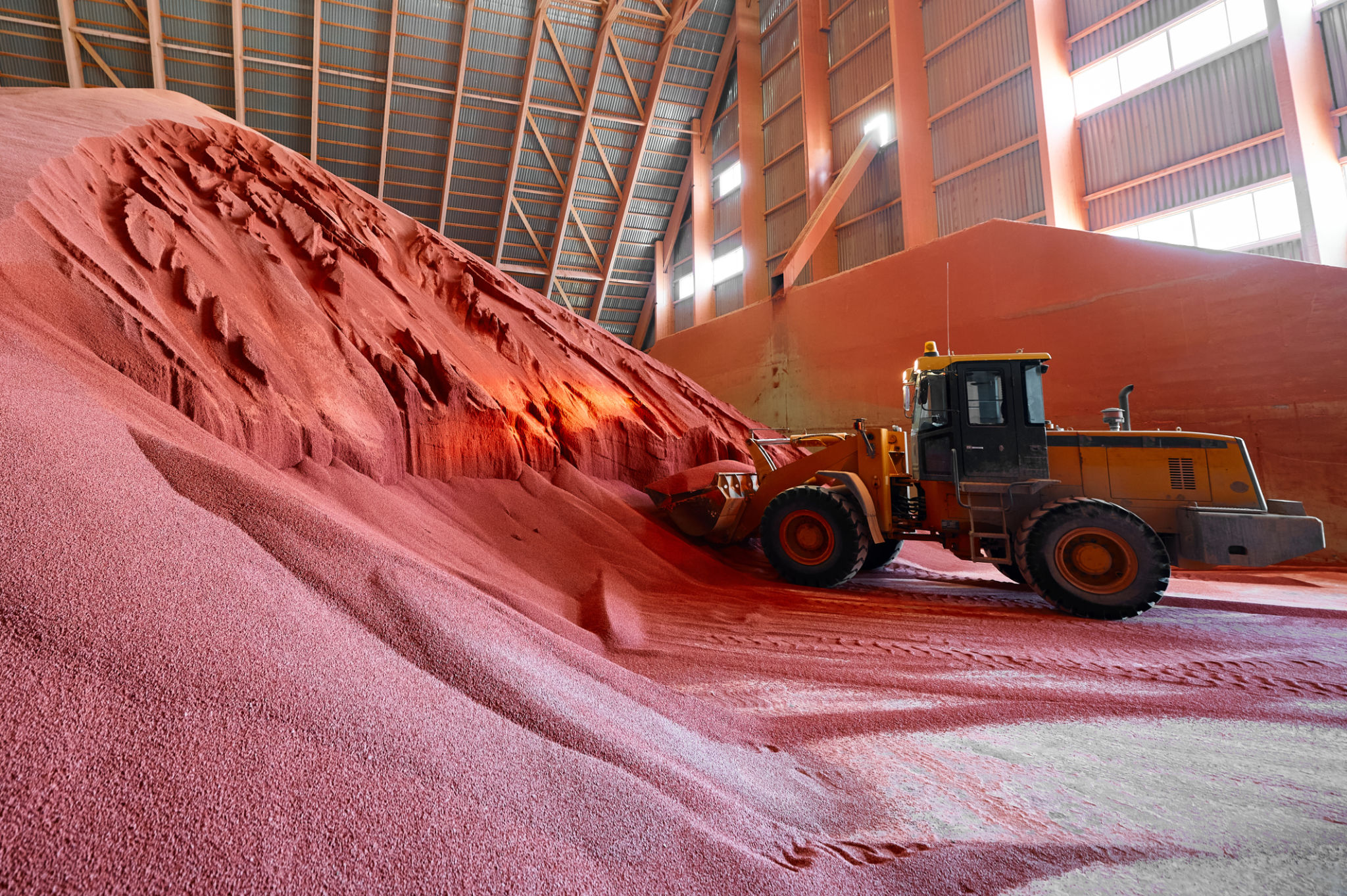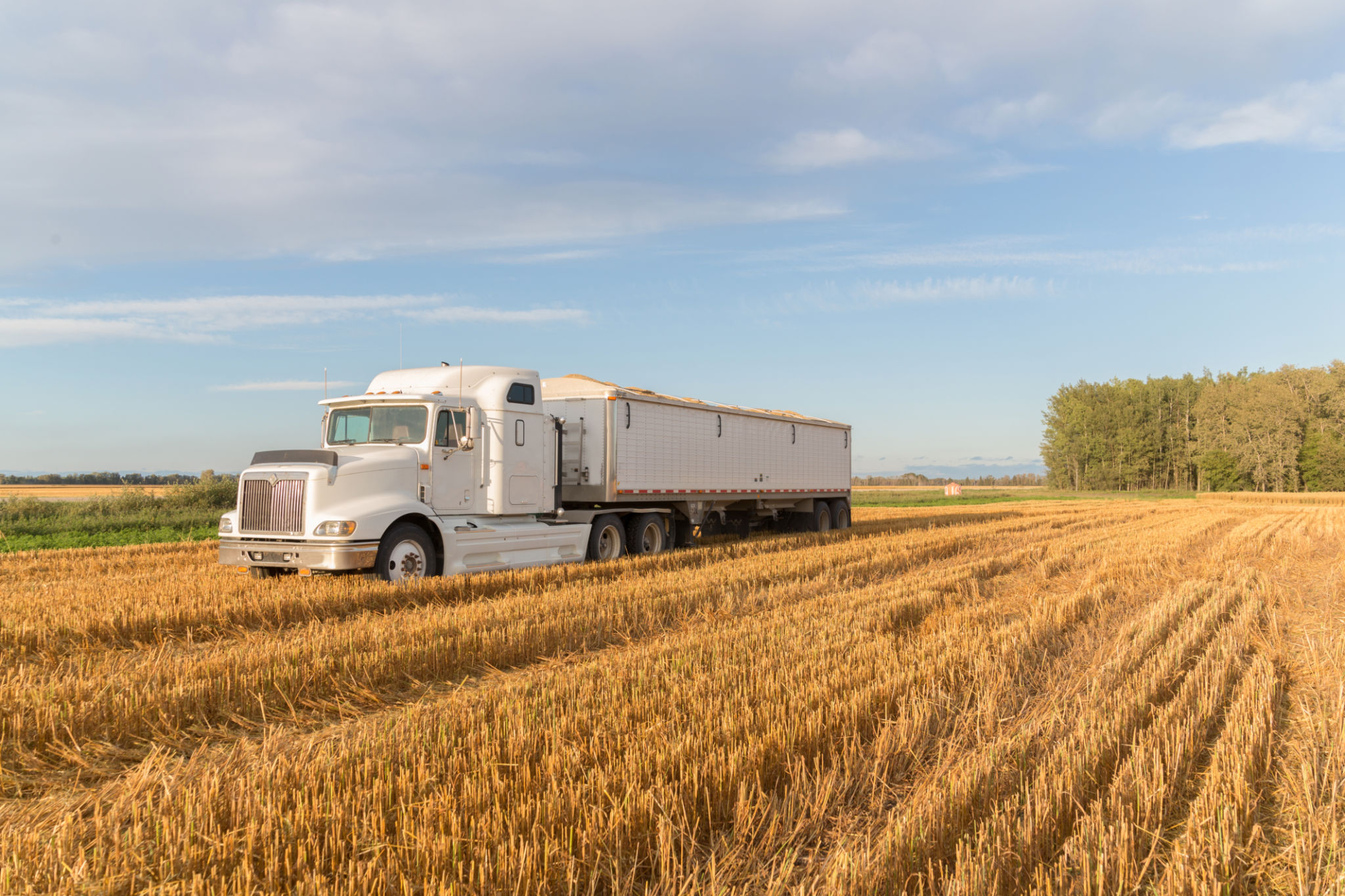Effective Spring Fertilizer Supply Chain Solutions for Global Markets
Introduction to Spring Fertilizer Supply Chain
As the global demand for agricultural products continues to rise, the importance of an efficient fertilizer supply chain cannot be overstated. With spring being a critical planting season, ensuring a steady and timely supply of fertilizers is essential for farmers worldwide. In this post, we explore effective solutions that can enhance the fertilizer supply chain for global markets.

Challenges in the Fertilizer Supply Chain
The global fertilizer supply chain faces several challenges, including fluctuating demand, transportation bottlenecks, and logistical inefficiencies. These issues can lead to delays and increased costs, impacting farmers' ability to secure necessary inputs. Addressing these challenges requires a comprehensive approach that combines technology, strategic partnerships, and innovative practices.
Fluctuating Demand
One of the primary challenges is the seasonal nature of fertilizer demand. As spring approaches, farmers rush to procure fertilizers, resulting in spikes that can strain supply chains. To manage this, companies must adopt demand forecasting techniques that utilize historical data and predictive analytics. This approach allows for better inventory management and ensures availability when needed most.

Technological Innovations
Technology plays a pivotal role in optimizing the fertilizer supply chain. From advanced inventory management systems to real-time tracking solutions, technology can significantly enhance efficiency. Implementing IoT devices in warehouses and transportation vehicles allows for real-time monitoring of stock levels and shipment locations, reducing the risk of shortages or delays.
Automation and Robotics
Automation is another key aspect that can revolutionize the supply chain. Automated sorting and packaging systems can increase throughput and reduce human error. Additionally, the use of robotics in warehouses can streamline operations, making the entire process faster and more reliable. These innovations not only improve efficiency but also reduce costs, benefiting both suppliers and farmers.

Strategic Partnerships
Building strong partnerships with logistics providers and local distributors is crucial for an effective fertilizer supply chain. By collaborating closely with these partners, companies can optimize routes, reduce transit times, and ensure timely deliveries. Moreover, partnerships facilitate better communication and coordination, leading to improved service levels.
Local Distribution Networks
Establishing robust local distribution networks can further enhance supply chain efficiency. By having strategically located distribution centers, companies can reduce the distance to end-users and ensure faster delivery. This localized approach also allows for better handling of regional demand fluctuations, ensuring that farmers receive their inputs when needed.
Sustainability in the Fertilizer Supply Chain
Sustainability is becoming increasingly important in the global fertilizer supply chain. Companies are now focusing on reducing their carbon footprint by optimizing transportation routes and using eco-friendly packaging materials. Additionally, adopting sustainable sourcing practices ensures that the raw materials used in fertilizers are environmentally responsible.
In conclusion, enhancing the spring fertilizer supply chain for global markets requires a multifaceted approach that addresses current challenges while leveraging technology and strategic partnerships. By adopting innovative solutions and focusing on sustainability, companies can ensure a reliable and efficient supply of fertilizers to meet the growing demands of agriculture worldwide.
